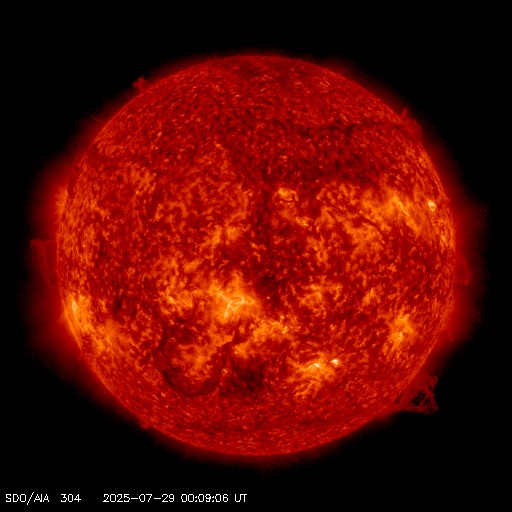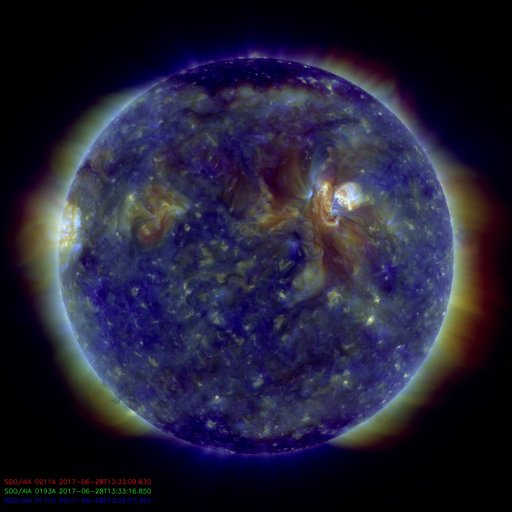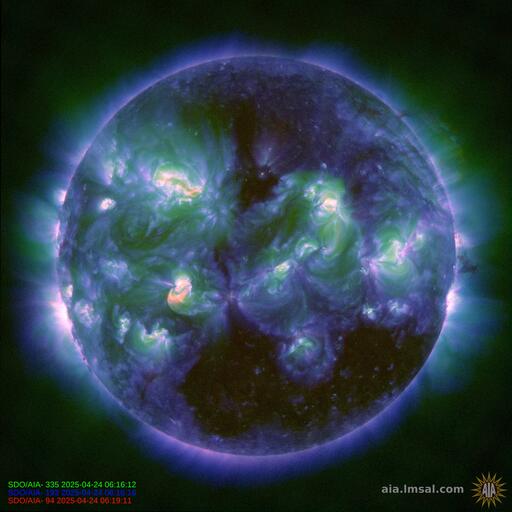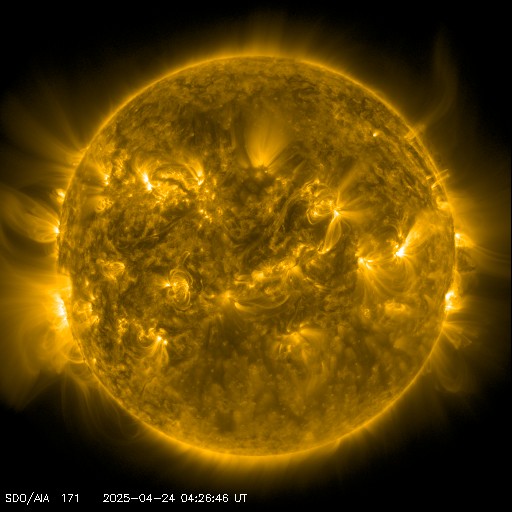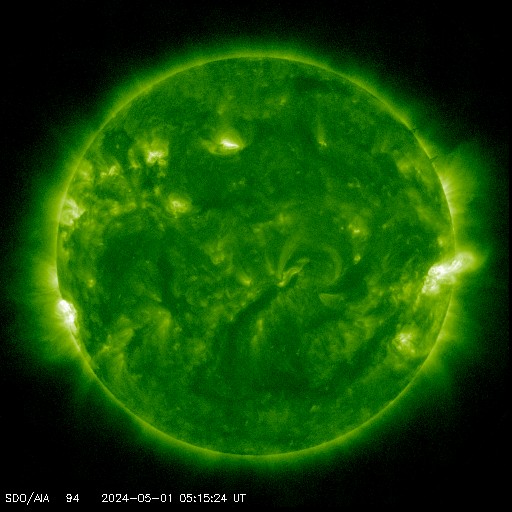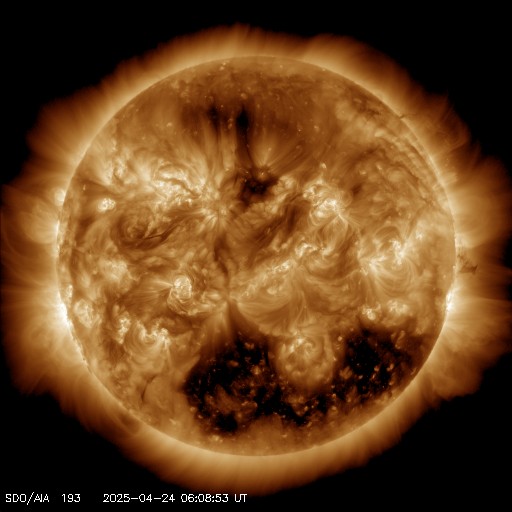Maybe you remember the very large solar flare and coronal mass ejection we reported three days ago on March 5. It seems that the Coronal Mass Ejection reached the
spacecraft STEREO Behind and the animated image here shows that the Bz
component of solar wind remained positive. The time and date can be
found in the lower left corner.
That could be one reason why we actually have a time gap on Stereo.
Check Stereo here

